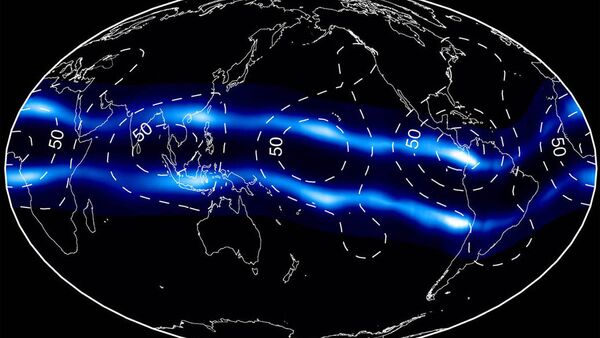Designed to study our planet's magnetosphere and those famous and beautiful auroras created by solar disturbances, NASA's Imager for Magnetopause-to-Aurora Global Exploration (IMAGE) satellite was launched in March 2000 and stopped broadcasting in December 2005, after completing its original two-year mission.
Subsequent attempts to reestablish contact failed and the US space agency gave the $132 million orbital research vehicle up for dead in January 2006.
It was only though the lucky efforts of a Canadian amatuer astronomer that IMAGE was found to have begun sending back data again, but by now the proprietary software developed for the original mission was thought lost.
"The types of hardware and operating systems used in the IMAGE Mission Operations Center no longer exist," NASA's Miles Hatfield stated, cited by Ars Technica.
"Other systems have been updated several versions beyond what they were at the time, requiring significant reverse-engineering," the space agency spokesman affirmed.
It was only through NASA's partnership with the European Space Agency (ESA) and their combined deployment of the 20-year Solar and Heliospheric Observatory (SOHO) mission, that an old hardware reader for the 4-millimeter magnetic tape cassette containing the original programming was unearthed, which could be employed to reinstall the old code and thereby attempt to once again communicate with IMAGE.
After the amateur sky sleuth contacted NASA with his exciting discovery, the US space agency confirmed that IMAGE was again sending data and efforts were reinstated to discover whether all the satellite's original systems could be brought back online.
Although several mysteries remain surrounding the reasons for the satellite's death and rebirth, the process of discovering what elements of the double-redundant onboard systems went wrong will contribute to the viability of future missions, according to NASA.
While some at the US space agency have suggested that the satellite's hardware is still capable of producing valuable science, a long road remains ahead to bring IMAGE back online, even in a reduced capacity.
You can follow the progress of NASA engineers here, as they study what it will take to fully reanimate IMAGE.



